September 8 and 9, 2014
Mentor: Susan Niermeyer, MD, MPH
Bugangari HC IV
The first mentored facility-based training took place in Bugangari HC IV (control site) where Carolyne Nshemerirwe is the District Trainer. Two midwives took part in the training; a third midwife has been away from the Health Center for training during both the HMS and HBB workshops.
Bugangari HC IV is approximately 40 minutes (17 kilometers) from Rukungiri town center. Monday, September 8 was the first day of school in the region, so one midwife was delayed until she completed her childâs drop-off at school. The second midwife was on duty with a patient in labor, but joined us in the USAID/Elizabeth Glazer education tent outside the maternity building. Other early challenges were resolved: the banner was tied to a post of the maternity buildingâs porch with a plastic bag to keep it from blowing away, the Action Plan was clipped into the support rope of the tent, and a missing sign-in sheet was re-created from a page of the steno notebook.
Birth attendant stories in response to the opening dialogue and visualization were illustrative. One midwife (Mbaga) emphasized how far ahead she needs to think in order to prevent potential disaster at this relatively isolated health center. She related the story of a primiparous patient with a prolonged second stage. The baby required bag and mask ventilation for 30 minutes. The placenta delivered spontaneously during this time, while ventilation was ongoing. The baby cried, but did not breastfeed and the family refused transfer of the baby to the referral hospital. The child later died at home. The second birth attendant (Arinaitwe) related a story of dystocia with a breech delivery; the baby required bag and mask ventilation.
Pre-course OSCEs showed some familiarity with the bag and mask, but consistent decisions to move to chest compressions or drugs when ventilation was unsuccessful. Carolyne demonstrated mastery of the facilitation technique, but found it difficult to score after participantâs performance diverged from the order of the OSCE scenario.
Preparation for birth was first taught with the Flip Chart and then carried out in reality in the labor room. The fetus that had been in breech presentation had slipped into footling breech presentation at 8 cm, an indication for transfer to the referral hospital where Caesarean section is possible. Even though Bugangari is a Health Center IV there is no doctor and the anesthetist is not on-site. Anesthesia is effectively available only for scheduled procedures such as adult circumcision. The ambulance driver was located by cell phone; the laboring mother had brought money to replace fuel in the ambulance. She and her mother were loaded up and dispatched to the hospital about 1 hour away; however, the receiving maternity unit never answered despite repeated calls to give them report.
As the first patient departed, a second multiparous patient arrived in the active phase of labor and was assessed. We identified the helper and emergency plan, prepared the environment by decreasing draft from open windows. Handwashing was complicated by lack of running water in the maternity unit (drainage from sinks is inoperational). If the baby needed ventilation, he or she could be cared for on the unbroken 3-section delivery bed next to mother. A 2-shelf trolley can accommodate routine newborn care equipment on the top shelf along with delivery kit, and the lower shelf can hold the bag and mask. The HBB bag and masks will replace the facilityâs old anesthesia bag with black rubber mask, which was very degraded.
The midwives worked rapidly through the Flip Chart in the Routine Care section. Carolyne made the decision to omit detailed explanations and focus on practice with the exercises because of the multiple interruptions for urgent clinical care. She completed teaching through The Golden Minute (again teaching from Flip Chart for ventilation) before the entire group pitched in to see 20-25 antenatal patients. We divided the tasks â weights, blood pressures, urines, physical exams â among the 4 of us and completed patient consultations and a quick lunch before the laboring mother delivered mid-afternoon. The baby cried spontaneously!
The remainder of the afternoon was devoted to completing the section on Continued Ventilation, practice, and evaluations.  The facility in-charge visited the training site in late afternoon as practice was concluding. Participants no longer included chest compressions or drugs in their responses to the written evaluation or their actions during the OSCE. Overall scores were nearly perfect on the written evaluation and significantly improved on the OSCEs. Both participants did express the need for more practice in order to never forget a mandatory step such as clearing the airway or all steps to improve ventilation. Continued practice will also focus on maintaining the correct tempo for ventilation; both midwives developed their own system to count the cadence.
Carolyn used several excellent teaching strategies. She drew analogies to the previous HMS training and emphasized the evaluation-decision-action cycle (although not in so many words). She gave excellent feedback after initial prompting to do so immediately after OSCE A, rather than giving feedback on both OSCEs together. The entire group set up a practice area in the delivery room with the neonatal simulator, Action Plan, Clinical Reminder and equipment on a mattress in a corner of the counter where babies had been placed previously, when immediate cord clamping was the norm. We reviewed the registers and the Results at a Glance. In this relatively low-volume facility, the rate of neonatal resuscitation will likely not permit meaningful calculation of monthly rates of successful resuscitation.
Findings:
- The District Trainer showed excellent problem-solving and organizational skills in dealing with multiple clinical imperatives and competing demands for providerâs time and attention.
- The District Trainer showed high self-efficacy and evidenced solid knowledge and skills. She is becoming increasingly proficient as a facilitator.
- Midwife providers worked well as a team and expressed appreciation for all that they had learned and will continue to learn through practice. However, in this small control site, it may be difficult to spontaneously arrange practices with the District Trainer and her two colleagues.
- Infrastructure barriers interfere with carrying out some of the teachings of HBB. There is no running water in the Health Center and communication with the referral facility could not be completed because of lack of response from the hospital.
- Data for Results at a Glance remains laborious to compile, even though the process is better understood. Low patient numbers may limit the utility of the neonatal outcome measure when calculated on a monthly basis.
- Participant evaluations were retained by the District Trainer for confidential reporting under study codes and submission by Posta.
Next steps:
- Include noted gaps in infrastructure when reporting results to Ministry of Health.
- Consider performing the calculations for Results at a Glance in the Prefa of Jhpiego office (from information submitted on the monthly reports) and supplying the summary information back to the facilities.
Rukingiri Health Center IV
The first mentored facility-based training took place in Rukungiri HC IV (control site) where Monicah Tumukunde is the District Trainer. Three midwives took part in the training; this represents the entire staff involved with deliveries. Although Rukungiri is a Health Center IV, this designation is fairly recent and Caesarean sections are not yet performed there.
Rukungiri HC IV is located just on the outskirts of the town of Rukunjiri. Tuesday, September 9 was the second day of school in the region, and one midwife (Scola) was delayed so that she could see her child to school. A second midwife (Jackline) had been up all night with a primiparous patient in labor, but she chose to stay for the workshop and also continued to provide care to the young woman in labor. A third midwife, who is also studying for her MPH (Annettie), was also on duty; she delegated many of her responsibilities to colleagues so that she could participate. The workshop was held in the maternity postnatal ward (unoccupied at the beginning of the workshop) adjacent to the delivery room. Workshop materials were well organized and complete.
Monicah posed several questions on the Flip Chart before the workshop; these clearly demonstrated that she had studied the materials independently. She asked specifically about the meaning of âculturally appropriateâ ways to explain illness and death and about the page on continued use of the Action Plan. The Health Center did not have an infant ventilation bag, but instead had only an adult resuscitator with a black rubber mask.
In response to the opening dialogue and visualization, birth attendants commented especially on the use of native herbs to induce labor and speed its progress. Use of such traditional medicines often results in hard contractions which come rapidly and leads to asphyxia and dystocia. Labor is often complicated by meconium-stained amniotic fluid as well.
Pre-course OSCEs showed little familiarity with the bag and mask. None of the midwives achieved chest movement while using the bag and mask. One participant did not know which end of the bag was to be applied to the babyâs face. Monicah demonstrated excellent mastery of the facilitation technique, but found it difficult to score the OSCE because performance quickly diverged from the steps of the scenario.
Presentation of the workshop proceeded carefully but briskly through each section of each Flip Chart page and each exercise up to the ventilation exercise at the end of The Golden Minute. Monicah had exceptionally insightful teaching tips, such as âuse your eyes and your ears to observe the babyâ and âletâs review the 3 phases of ventilation: begin ventilation, improve ventilation, and continue ventilationâ and âyou donât want your bag to shout (activate the pop-off) during ventilationâ. She had prepared Pitocin to integrate it into the practices, and she very consistently asked participants to get up from their seats and point out steps on the Action Plan. She elicited local variations in practice, such as placing two cord ties on the babyâs umbilical stump. She answered questions easily and accurately.  Discussions often began in English and flowed into Lugando. Participants spontaneously praised her as an outstanding teacher and facilitator. In all my association with HBB, Monicah stands out as one of the best facilitators at the frontline level.
Just before the exercise for ventilation in The Golden Minute, the birth attendant who had been on duty overnight excused herself to attend the delivery of her patient. As we began the exercise, there was a knock on the door connecting to the delivery room and a call for help. The baby was not breathing. Monicah, the other two midwives and I descended on the labor room. The baby was lying on motherâs abdomen after drying, clearing the airway and stimulation – limp and blue, eyes open but staring. The midwife cut the cord and we moved the baby to the foot of the delivery table for resuscitation. One midwife quickly disinfected the mask from the training table. We cleared the airway once more for a plug of thick mucus from the back of the throat. The baby was not due until October, and the size 1 neonatal mask was too big, so the size 0 was cleaned and substituted. Monicah ventilated and achieved good chest movement. I checked the heart rate, which was > 100 by cord palpation. There was excellent air entry bilaterally, and after 15-30 seconds of ventilation, the heart rate rose to 140, followed shortly by a cry and a sneeze. I supported spontaneous breathing by rubbing the back and drying the head. The babyâs color remained pink and he continued to cry intermittently, opened his eyes with a purposeful gaze this time, and brought his hands to his mouth. We placed him skin-to-skin with his mother and covered him with 2 layers of dry cloth.
Back at the workshop table, we debriefed quickly and completed Improve ventilation and measuring heart rate before lunch. There were a handful of patients who had brought children to the immunization clinic who waited to combine their prenatal visit at the same time. One woman from the community came because she had seen the banner and thought it meant that there was a family planning clinic underway. Following lunch, Monicah completed the Flip Chart, provided time for practice and discussed ongoing practice with the Action Plan. Rose Kaggwa from Prefa visited the Health Center just as evaluations were beginning. Monicah later shared her discussion with Rose around a large hospital site with 27 staff members; Monicah trained half in the morning and half in the afternoon for HMS, finishing at 9PM. She is requesting 2 days to train for HBB.
Evaluations demonstrated significant improvement on the written evaluation, with nearly all perfect scores. All participants showed good understanding of the sequence of steps during the OSCEs, although some omissions occurred in OSCE B especially. Participants expressed their enthusiasm to practice so that they can truly master the cadence of ventilation and the management of complex cases. They identified that ventilation with cord intact could be carried out by the side of the mother on their wide delivery bed with an extra sheet of plastic under the baby.
The workshop concluded with discussion of data collection in the registers and presentation of certificates. All participants stayed to complete the workshop, and there was much celebration and taking of photos during the closing. We set up a practice area in the delivery room and hung the Action Plan there. The baby has resolved some initial mild grunting and was pink, breathing quietly and regularly, and had initiated breastfeeding.
Findings:
- The District Trainer is a gifted facilitator who presents HBB with high fidelity and outstanding ability to make the content relevant to her learners.
- The District Trainer showed leadership and excellent clinical skills by taking the lead in resuscitating an unexpected depressed baby.
- Midwife providers worked as an outstanding team. They expressed appreciation for their District Trainer and all that they had learned and experienced firsthand. They discussed how and when they could practice further.
- The pre-course OSCE proved challenging to score, as it had in the Bugangari Health Center.
- Participant evaluations were retained by the District Trainer for confidential reporting under study codes and submission by Posta.
- English-language publicity may have little impact in areas where community members speak mainly local languages.
- In-facility trainings have added value because of the interaction with clinical care and the ease of participation for staff members on call/post call.
- HBB works!
Next Steps:
- Support Monicah in her role as a District Trainer and consider her as a candidate to lead broader training throughout the district.
- Review the management of training at large facilities. Consider pairing two District Trainers for sites with > 6 participants or providing per diem to the facilitator(s) for overnight stays to permit training on sequential days.
Postscript: On the morning following the workshop, I returned to the Rukungiri Health Center to check on the baby and mother and request motherâs consent to distribute photos of her and her baby to Jhpiego, Prefa, and the AAP. Mother gave her verbal consent to share the photos, after being asked in Lugando by Monicah, who also witnessed the consent. Please see accompanying photos of the baby anxious to breastfeed.









